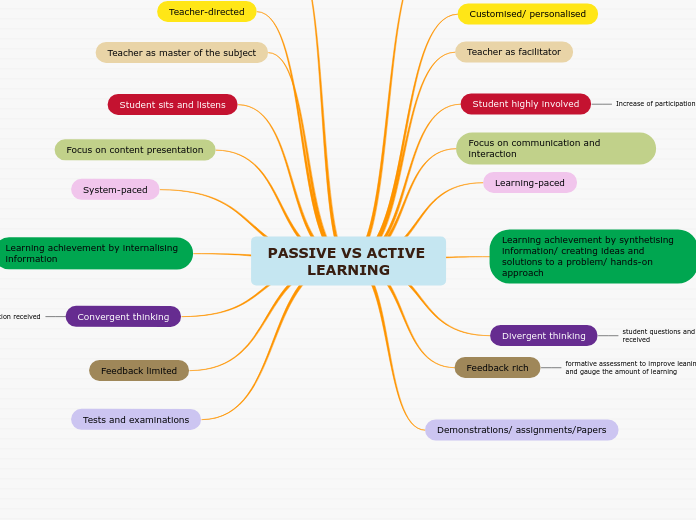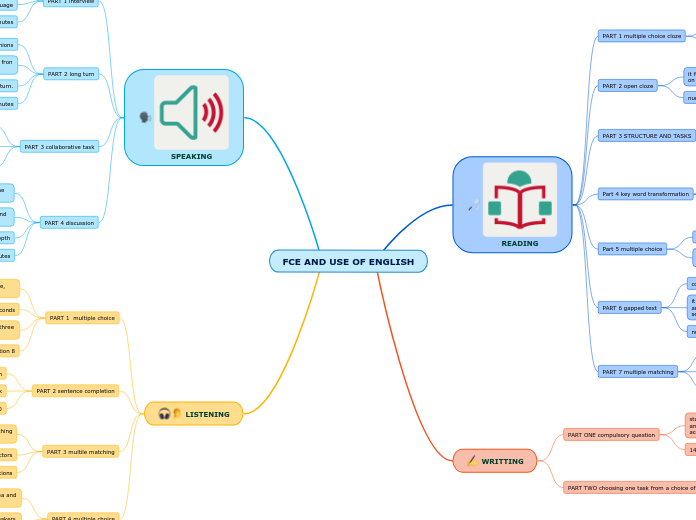por Daniela Bialobrzeska hace 6 años
183
Newtons Law
Newton's laws of motion describe the principles governing the behavior of objects in motion and at rest. Newton's first law, also known as the law of inertia, states that an object will remain at rest or in uniform motion unless acted upon by an external force.









